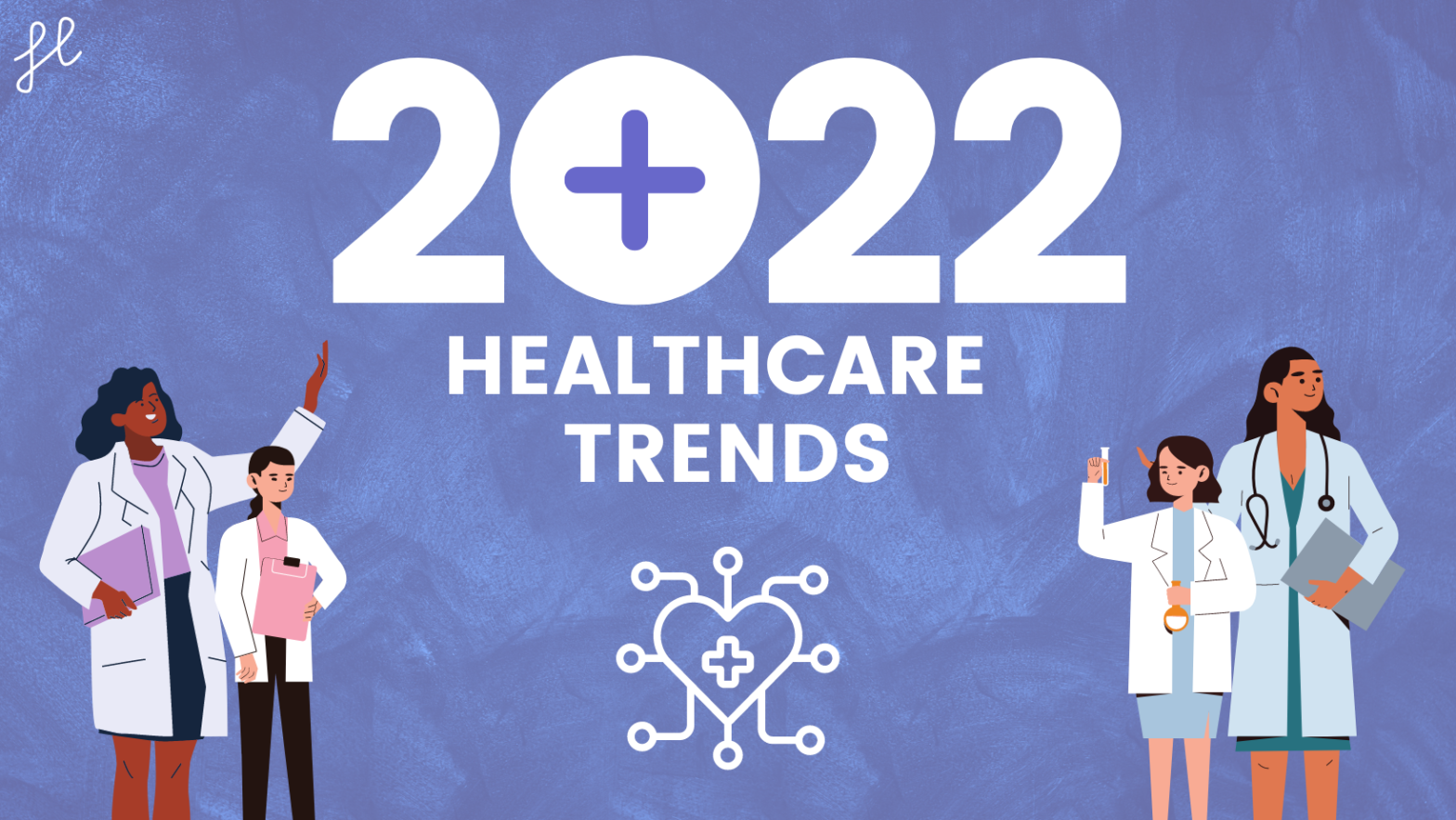Experimentation in the healthcare industry, which was already in progress before the pandemic, has accelerated since March 2020. The pandemic has forced providers to expand telehealth services and create new consumer-facing virtual services while reforming supply chains to keep hospitals stocked with vital equipment.
Here are some of the top trends that are shaping health care.
The epidemic of electronic medical records
The most apparent trend in healthcare is the big push for electronic medical records. For example, in 2020, the government passed legislation so that every doctor’s office and the hospital had to start using electronic medical records by 2022.
That’s a good thing. Well… maybe not so much. Plenty of doctors don’t want anything to do with electronic medical records because they think it’s a waste of time and money. The system seems more concerned with ensuring people follow protocol than helping patients get better. In addition, some patients have complained that their information is guarded too tightly by insurance companies or other organizations involved with data management—even when they need it most!
Telehealth finds its stride as the public health crisis.
Telehealth uses electronic information and communication technologies to support long-distance clinical healthcare, education, and other health-related activities. This includes various tools for remote patient monitoring, diagnosis, and treatment.
While telehealth has been used in hospitals for years, it has only recently become more mainstream, with many applications helping to provide care to patients in remote areas and allowing doctors at home offices to treat patients over secure video links.
Acceleration of healthcare consumerism with pandemic
As the population ages, people want to be in control of their health and make decisions about their health. They also wish to access their data and want to connect with providers who can help them stay healthy. This results in consumers feeling more empowered and looking for new ways to manage their healthcare needs.
Rise of personalized medicine
Advances in technology allow us now to look at genetic information as well as lifestyle choices (such as diet) that influence our genetic makeup and risk for disease.
Now that we can understand how genes interact with environmental factors like nutrition or pollution, we are better equipped to prevent disease before it starts by making informed choices about food intake based on your genetic predisposition toward certain conditions like diabetes or heart disease.
Supply chain challenges in the post-pandemic world
The post-pandemic world has been dubbed a “supply chain challenge” by many in the medical profession. The pandemic caused an influx in demand for medical supplies and equipment while disrupting supply chains around the world.
As more people are saved from diseases like measles and polio thanks to good health practices, there will be a greater need for medical supplies such as vaccines, treatments for chronic illnesses like diabetes and hypertension, and equipment such as ventilators to help patients breathe during surgery.
This increased demand, coupled with disruptions to supply chains has created new challenges for healthcare companies looking to ensure they have enough of these critical items at their disposal (and on time) when needed most.
Supply chain management is now more important than ever because hospitals need to know where their products are at any given time so they can meet patient needs quickly when disaster strikes or during regular operations. In fact, according to one report from market research firm Visiongain Inc., “supply chain visibility technology will play an increasing role in managing global supply chains.”
These trends are worth knowing.
They can help you make better decisions, prepare for the future, avoid surprises, and be more successful.
Conclusion
The future of health care, particularly in the next two years, is all about understanding how technology and business can work together to improve patient outcomes. Technology will play an increasingly key role in the delivery of healthcare services as we move forward with our lives after COVID-19, but it’s not just any technology that will be important here; it’s going to need better interoperability among systems so that different providers can communicate easily and effectively.
We also see an increased emphasis on consumerism, meaning patients will want more choice when choosing their healthcare provider and what services they receive. Finally, we expect major shifts in supply chain management as well—both because of new regulations and heightened awareness about how essential these networks are.
If you enjoyed this blog post, please leave a comment below with your thoughts on what you feel is the most significant health trend in 2022.
